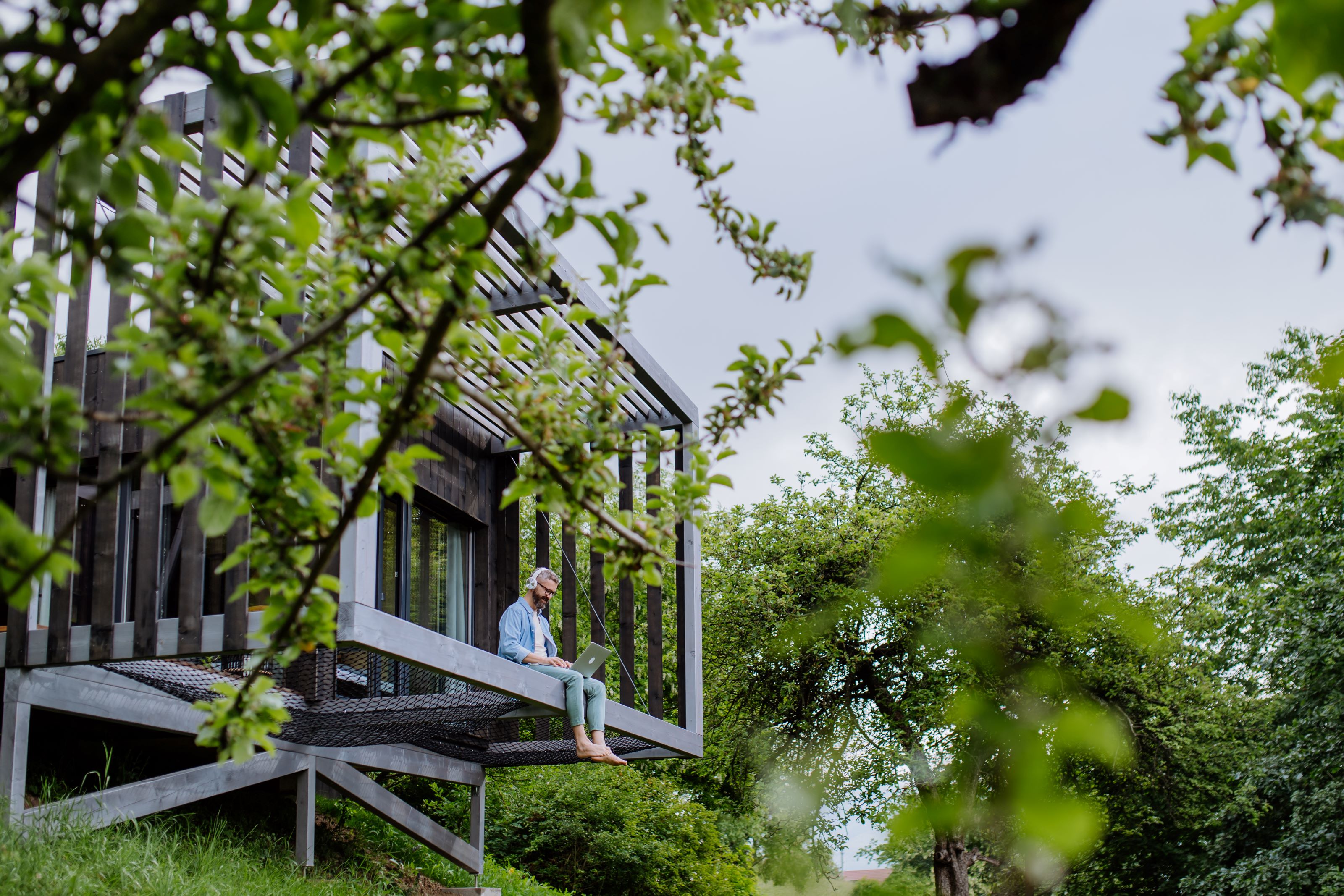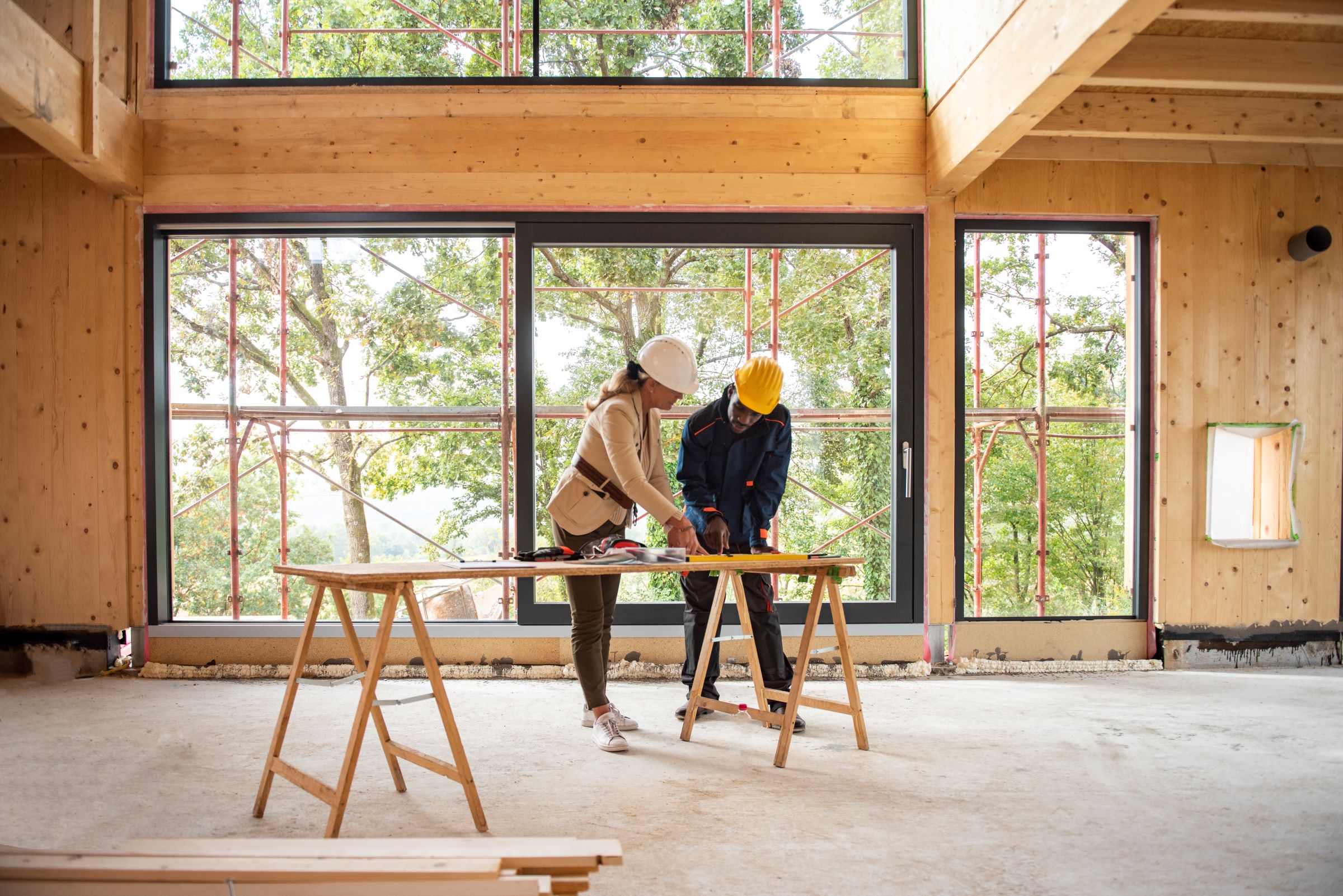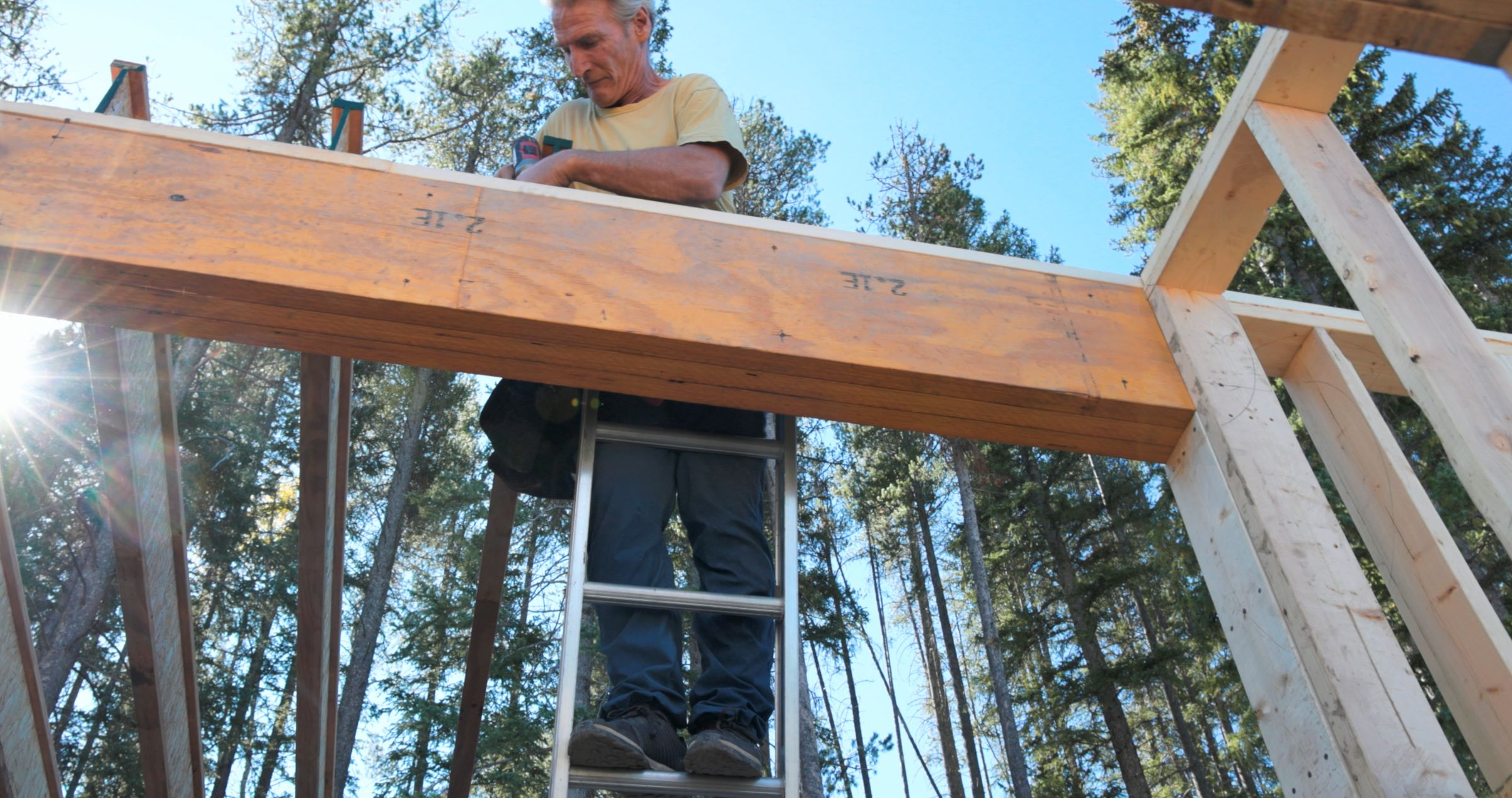Biodiversity Net Gain: What is it and why it's likely to affect your build
Biodiversity Net Gain laws require developers to increase biodiversity on sites by at least 10% when building homes

Biodiversity Net Gain laws have been expanded to include smaller sites meaning all housebuilding projects in England will be required to provide a positive contribution to local ecosystems.
All homebuilding projects must now provide at least a 10% gain in biodiversity or face the removal of planning permission rights removed. This forms part of the government's plans to halt species decline by 2030.
We look at how these laws could affect your project, crucial materials you may need and the potential costs that may be involved with the new Biodiversity Net Gain laws.
What are the Biodiversity Net Gain laws?
Biodiversity Net Gain was introduced as a means to support the restoration of nature alongside land development.
It was approved as part of the 2021 Environment Act under a statutory framework introduced by Schedule 7A of the Town and Country Planning Act 1990 and forms part of the Building Regulations for 2024.
Its goal is to ensure that land used for building a house, which also served as a habitat for wildlife, would be left in an improved condition compared to its state before development.
This would be done by ensuring homebuilders avoid loss of habitat to a piece of land where development takes place, and if this cannot be done a habitat must be created. A Biodiversity Net Gain Plan must be approved by the planning authority before development can begin.
Bring your dream home to life with expert advice, how to guides and design inspiration. Sign up for our newsletter and get two free tickets to a Homebuilding & Renovating Show near you.
Former Environment Minister, Rebecca Pow, said: “Biodiversity Net Gain will help us deliver the beautiful homes the country needs, support wildlife and create great places for people to live.
“This vital tool builds on our work to reverse the decline in nature and for everyone to live within a 15-minute walk of a green space or water and will transform how development and nature can work together to benefit communities.”
BNG rules extended to include smaller sites
Although traditionally applied to large projects, BNG rules were extended to smaller sites (under one hectare or fewer than nine dwellings) from April 2024, recognising their cumulative impact on local ecosystems, affecting those looking to self build.
Developers will use a simplified Small Sites Metric (SSM) to assess biodiversity, making it easier to comply with the new regulations.
Tara Garraty, a biodiversity specialist at Tunley Environmental, explains the importance of Biodiversity Net Gain (BNG) for small developments in the UK.
Ms Garraty claims this will bring some benefits to smaller developers as: “Implementing biodiversity net gain on small sites allows one to maximise ecological benefits across all scales, ensuring that every development, regardless of size, contributes to the restoration and enhancement of local biodiversity. This approach fosters a more resilient and sustainable environment for future generations."

Tara Garraty is an experienced sustainability and conservation scientist with a strong background in ecology and conservation biology. She holds a BSc and MSc in Conservation Biology, focusing on ecosystem services and health. She is completing her PhD in Conservation Biology, where her research, titled “An Ecological Model: Quantifying Links Between Biodiversity, Hydrological Events, and Climate Change within the Peruvian Amazon,” examines the effects of climate change on biodiversity.
Four key steps to implement biodiversity in small developments
Tara outlines four key steps for implementing BNG in small developments:
- Baseline Assessment: Begin by assessing the site's current biodiversity using the Small Sites Metric, a tool designed to measure habitat types and their quality. This step helps establish a clear understanding of the existing environmental value, which will serve as the baseline for improvements.
- Design and Plan: Develop a detailed plan outlining how the project will achieve a minimum 10% net gain in biodiversity. This could involve enhancing current habitats, creating new ones, or improving connections between habitats to support local wildlife.
- Implementation: During the construction phase, put the planned biodiversity enhancements into action. This could include planting new vegetation, improving water features, or making adjustments to support habitat connectivity. Ongoing management will be necessary to ensure that these enhancements are maintained over time.
- Monitoring and Reporting: Continuously monitor the biodiversity outcomes to ensure the desired improvements are achieved. Regularly report these results to the relevant authorities to demonstrate compliance with BNG targets and maintain accountability.

Biodiversity Net Gain materials
The previous government announced materials which they believe would ensure that homebuilders and planning authorities have access to the necessary tools to implement Biodiversity Net Gain. These include:
- The statutory biodiversity metric, critical for calculating the correct biodiversity gain.
- The draft biodiversity gain plan template, which will help developers prepare for what they will need to complete during the planning application stages.
- The Habitat Management and Monitoring Plan template, which will set out how the improved significant on-site and off-site habitats will be managed for the long term.
- A package of Biodiversity Net Gain guidance that sets out further advice for landowners, developers, and Local Planning Authorities around their role and responsibilities in delivering mandatory Biodiversity Net Gain.

What payments might self builders be forced to pay?
Homebuilding projects will need to prove they have a positive impact on the environment, or else be forced into purchasing biodiversity credits.
If a home is built and causes a loss in habitation the project will need to contribute to the biodiversity in the local area. In other words, the goal is not just to avoid a net loss of biodiversity but to achieve a net gain.
The process typically involves assessing the existing biodiversity on a site, determining the potential impact of a proposed development, and then implementing measures to enhance biodiversity. These measures could include habitat restoration, the creation of new habitats, or other conservation initiatives.
The aim is to achieve a minimum 10% enhancement in biodiversity compared to the pre-development state for the approved development. This increase can come from on-site improvements, off-site gains, but if not then homebuilders will need to buy biodiversity credits or else face having their planning permission revoked.
The government has produced a draft Biodiversity Net Gain planning practice guidance for those who want to understand how their project how their project could be affected and how to gain approval, as well as a Biodiversity Net Gain calculator.

News Editor Joseph has previously written for Today’s Media and Chambers & Partners, focusing on news for conveyancers and industry professionals. Joseph has just started his own self build project, building his own home on his family’s farm with planning permission for a timber frame, three-bedroom house in a one-acre field. The foundation work has already begun and he hopes to have the home built in the next year. Prior to this he renovated his family's home as well as doing several DIY projects, including installing a shower, building sheds, and livestock fences and shelters for the farm’s animals. Outside of homebuilding, Joseph loves rugby and has written for Rugby World, the world’s largest rugby magazine.
